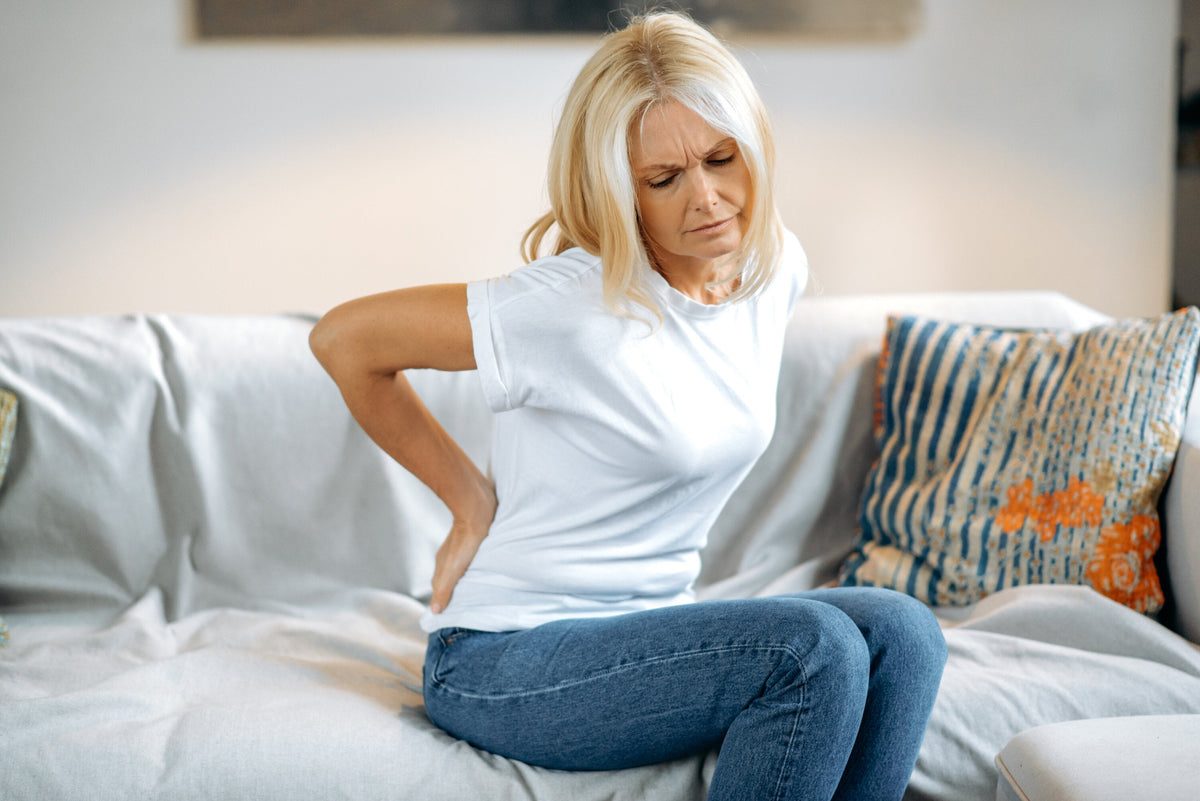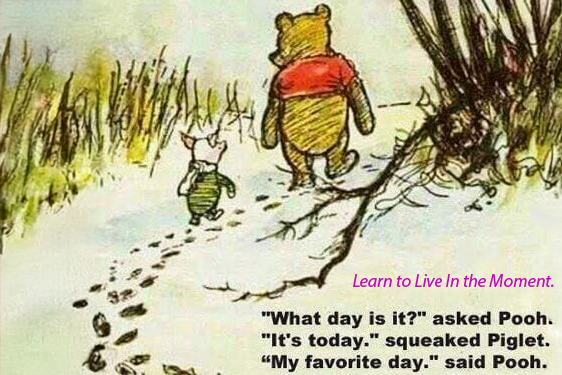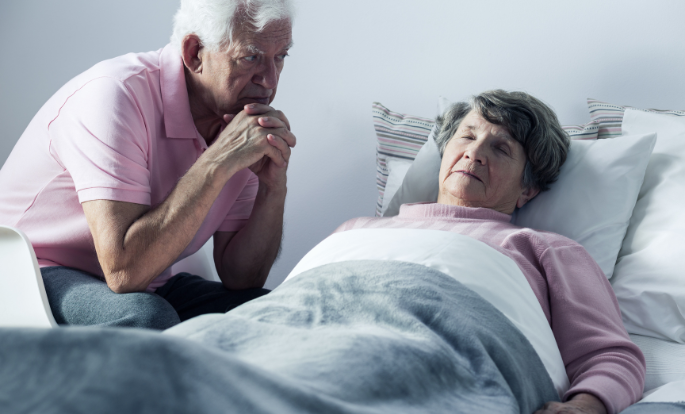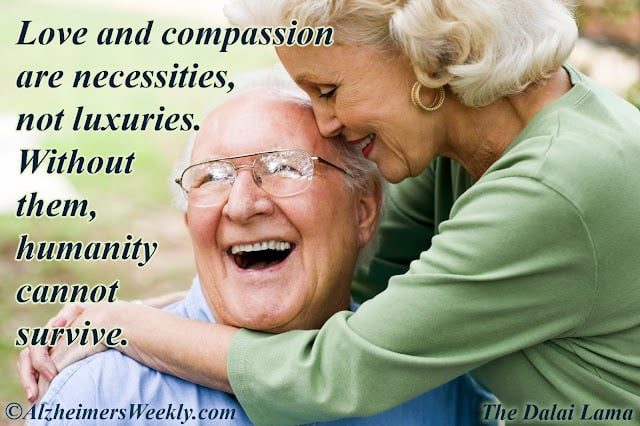
Introduction
If you're a woman over 40 struggling with nagging back pain, you're not alone. As we age, our bodies go through significant hormonal and physical changes — and for women, this often means an increased risk of discomfort in the lower back, hips, and spine. Understanding the root causes of this pain and exploring ergonomic solutions can make a world of difference in how you feel every day.
Why Women Over 40 Experience More Back Pain
1. Hormonal Changes & Menopause
Estrogen plays a key role in maintaining healthy bones and muscles. As estrogen levels decline during perimenopause and menopause, women become more susceptible to joint stiffness, inflammation, and reduced bone density — all of which can contribute to back pain.
-
Menopause and back pain are closely linked, with many women reporting increased discomfort due to hormonal imbalances.
-
Low estrogen can weaken pelvic support muscles, shifting posture and increasing spinal stress.
2. Loss of Muscle Mass
After age 30, women lose approximately 3–5% of muscle mass each decade if physically inactive. This leads to a weakened core and poor posture — two major contributors to back pain.
3. Sedentary Lifestyles
Modern life often means hours of sitting — at desks, in cars, or on the couch. Over time, this constant pressure on the lower spine without proper support causes discomfort, especially in women who already have hormonal or postural changes.
4. Weight Fluctuations
Hormonal shifts can cause changes in body composition and weight gain, especially around the midsection. This adds extra strain on the lumbar spine, aggravating pain in the lower back.
What You Can Do About It
1. Prioritize Ergonomic Support

One of the most effective ways to manage back pain is through ergonomic support, especially during long periods of sitting.
-
Memory foam seat cushions and lumbar back supports, like those from BOD Support, are designed to align the spine, relieve pressure on the tailbone, and support natural posture.
-
These tools are a must for women who spend extended time at a desk, driving, or traveling.
2. Incorporate Gentle Exercise

Low-impact activities like walking, yoga, and Pilates strengthen the core, improve flexibility, and reduce stiffness. These exercises are particularly helpful for women experiencing back pain in their 40s and beyond.
3. Stretch Often (Even at Your Desk)

Frequent stretching can reduce muscle tension and improve circulation. Try simple chair stretches or standing poses every 30–60 minutes to prevent stiffness.
4. Evaluate Your Seating

If you're using a standard office chair or car seat without added support, it’s time for a change. Look for:
-
Cushions with contoured design
-
Breathable, pressure-relieving foam
-
Adjustable or portable lumbar pillows
5. Stay Hydrated and Maintain Bone Health

Drink plenty of water and ensure your diet includes calcium, vitamin D, and magnesium to keep your bones and discs healthy. Hormonal changes during menopause can speed up bone loss — proper nutrition helps counteract that.
The BOD Support Difference
At BOD Support, we understand the unique challenges women over 40 face. Our line of memory foam seat cushions and ergonomic back supports is designed with comfort, posture, and long-term relief in mind.
Whether you're an office professional, frequent traveler, or someone simply trying to feel better in your everyday routine — our products help you sit smarter and live pain-free.
Conclusion
Back pain doesn’t have to be a fact of life after 40. By understanding the hormonal and lifestyle changes affecting your body and making small ergonomic adjustments, you can reclaim comfort and confidence every day.
Disclaimer: This story is auto-aggregated by a computer program and has not been created or edited by healthlydays.
Publisher: Source link











